When writing Chapter 3 of your thesis or dissertation, one section that often gets rushed — or overlooked entirely — is the data-gathering process. Many students assume that just mentioning they “gave out surveys” or “conducted interviews” is enough. But for a research panel or academic reader, that’s far from acceptable.
A clear and detailed data-gathering process helps establish your study’s credibility. It shows how your data was collected ethically, systematically, and aligned with your research objectives. In this blog, we’ll break down how to explain your process step-by-step, using simple language and practical tips.
What is the Data Gathering Process in Research?
Your data-gathering process refers to the exact steps you took to collect your data from participants or sources. This section helps readers understand:
- How the data was obtained
- When and where it was collected
- What instruments were used
- How ethical standards were maintained
In short, it bridges your research questions and your actual findings. It’s what makes your study real and replicable.
What to Include in the Data Gathering Section
Let’s go over the essential components your write-up should include:
✅ 1. Preparation Stage
Before data collection even begins, document how you prepared:
- Finalize your data gathering tool (e.g., survey, test, interview guide).
- Conduct content validation and pilot testing.
- Secure permissions from school heads, organizations, or agencies.
- If applicable, mention ethics board clearance or approval letters.
📌 Example:
“Prior to data gathering, the researcher sought approval from the school principal and validated the survey tool through expert review.”
✅ 2. Pilot Testing
Pilot testing is optional, but if done, it should be mentioned:
- Who participated in the test (not part of your final sample)
- Feedback gathered and changes made
📌 Example:
“A pilot test was conducted among 15 respondents to identify unclear survey items, leading to minor revisions in wording.”
✅ 3. Actual Data Gathering Procedure
This is the heart of your data-gathering description:
- Specify when and where it happened (e.g., February–March 2025, onsite at XYZ School).
- How respondents were chosen or recruited.
- Mode of distribution (printed copy, Google Forms, Zoom interview).
- How many participants were targeted and how many responded?
📌 Example:
“The final survey was distributed via Google Forms to 100 senior high school students selected through purposive sampling. The link was shared via email with a brief description and consent form.”
✅ 4. Monitoring and Follow-up
Show that you didn’t just send your form and wait:
- Did you remind participants?
- How did you monitor who responded?
- How did you handle missing or incomplete responses?
📌 Example:
“Follow-up reminders were sent one week after the initial distribution. The researcher also monitored responses daily to ensure completeness and validity of entries.”
✅ 5. Ethical Considerations
You must show that your process was ethical and respectful:
- Informed consent
- Voluntary participation
- Confidentiality
- Safe handling of data
📌 Example:
“Participation was voluntary, and respondents were informed that all data would be kept confidential. Names were not collected, and responses were stored in a secure, password-protected folder.”
Sample Paragraph for Your Chapter 3
Here’s how all of that might look when written as one fluid paragraph:
“The data gathering process was conducted from February to March 2025 using an online questionnaire administered via Google Forms. Prior to distribution, the instrument underwent content validation by three experts and was pilot-tested among 15 non-participant students. After receiving approval from the school administration, the survey link, along with a digital consent form, was sent to 100 purposively selected senior high school students. Reminders were issued after one week to ensure sufficient responses. Confidentiality was observed by collecting only anonymous data, and all files were stored securely on a private drive accessible only to the researcher.”
Common Mistakes to Avoid
🚫 Being too vague
“We gave the survey to students.” ← Not enough detail.
🚫 Forgetting ethical protocols
Always mention consent and privacy.
🚫 Skipping timeframe
When did you collect your data? That matters for context.
🚫 Mixing up with data analysis
This section is just about collection — save your interpretation for Chapter 4.
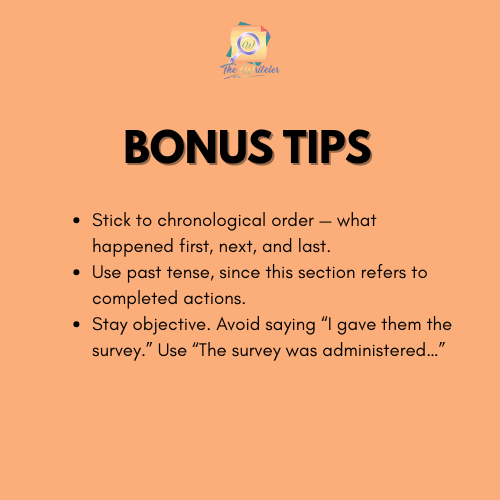
And remember: clarity wins. You don’t need flowery language. Just make sure the reader can replicate your process if they wanted to.
📣 Need Help Writing Chapter 3?
The Writeler Co. is here to support students and professionals who are juggling research with work, life, and business. Whether you’re writing a thesis, capstone, or dissertation for your master’s or Ph.D., we help you efficiently navigate the research journey — from brainstorming to proofreading.
📩 Message us today to get started.
📚 Let’s turn your research idea into a powerful paper.

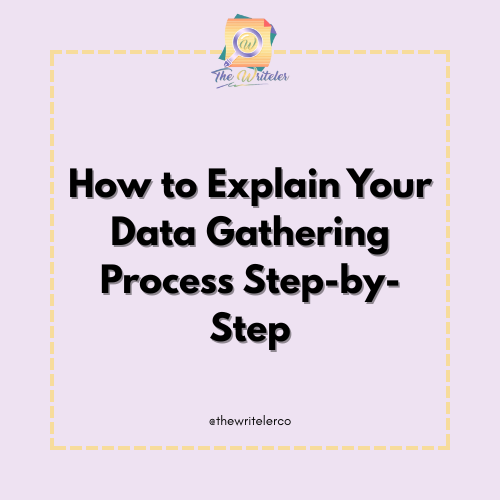
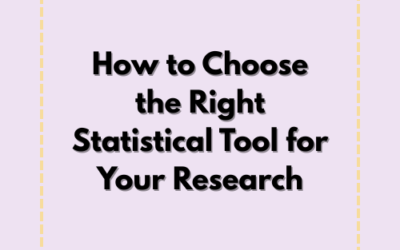
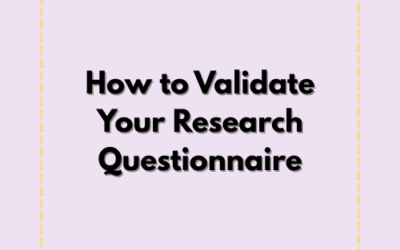
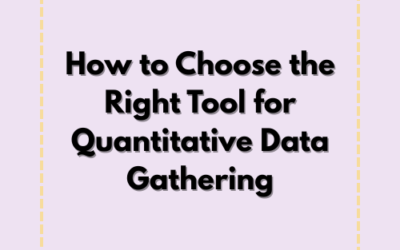
0 Comments